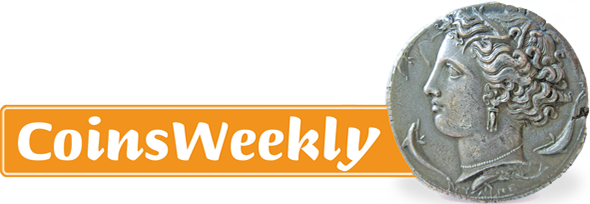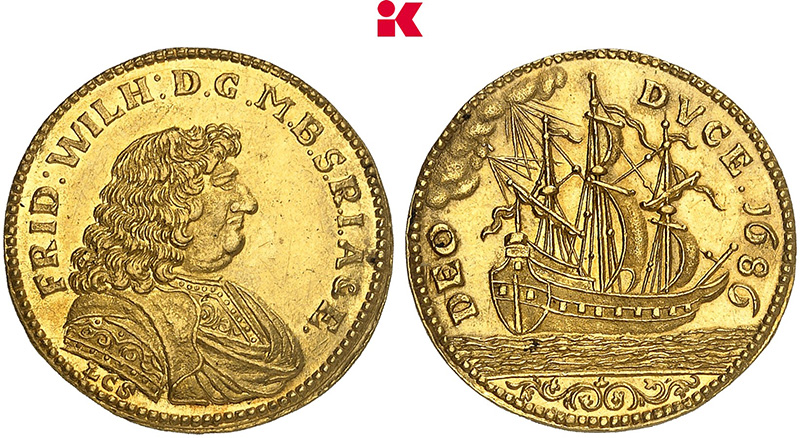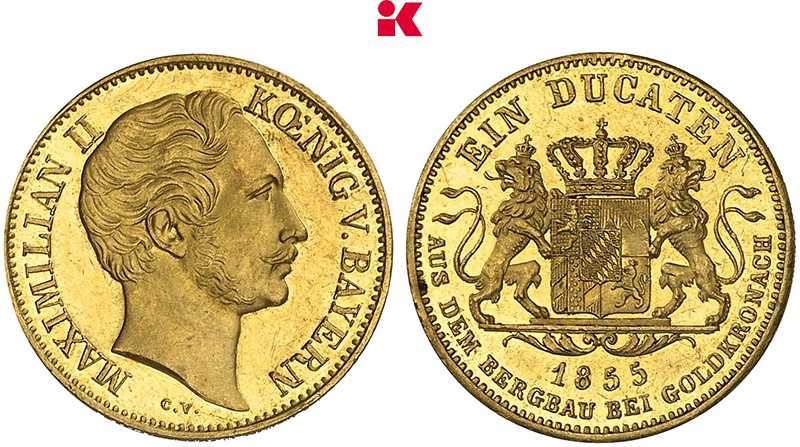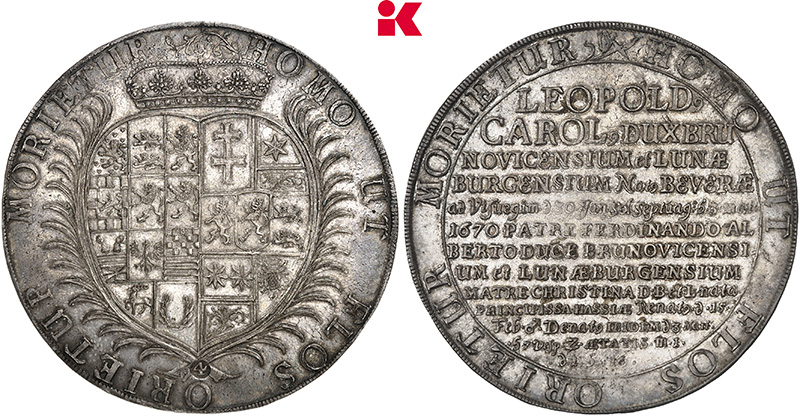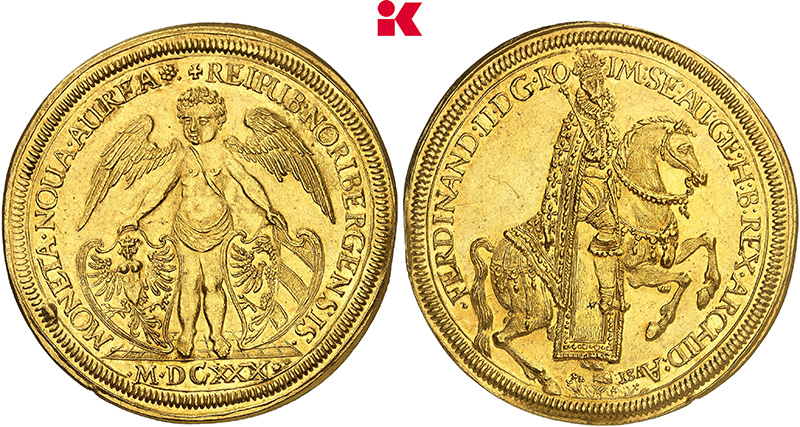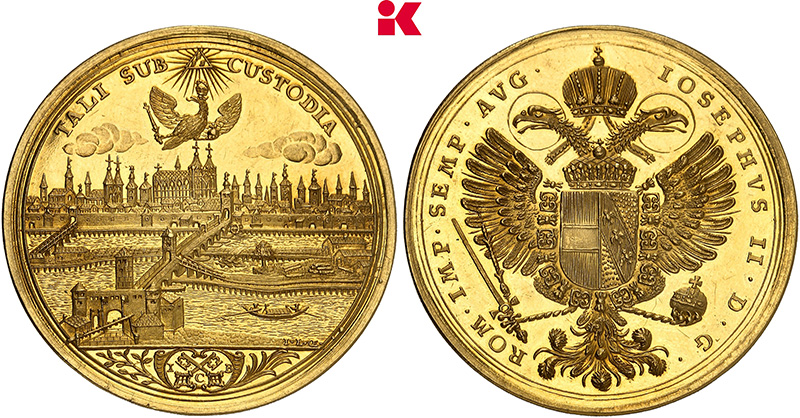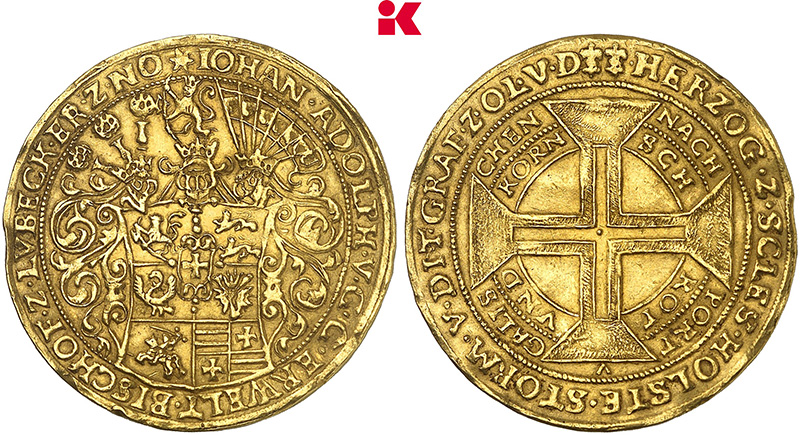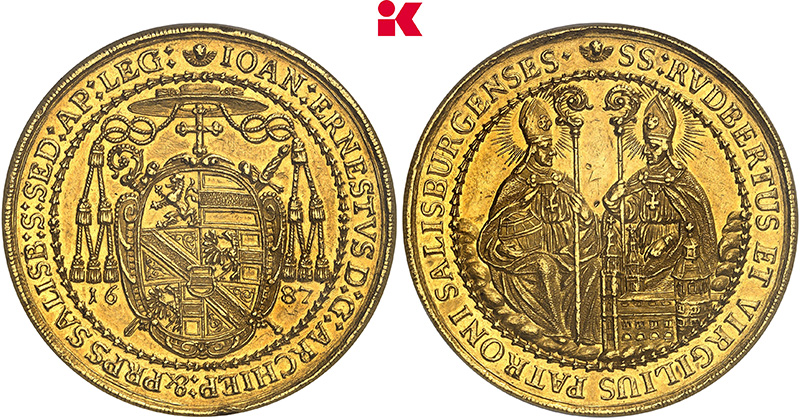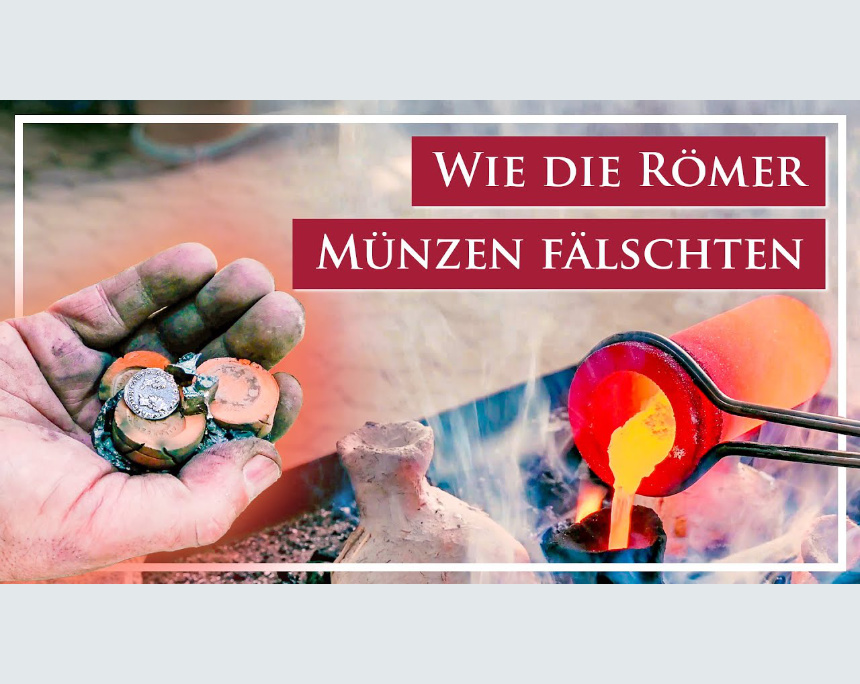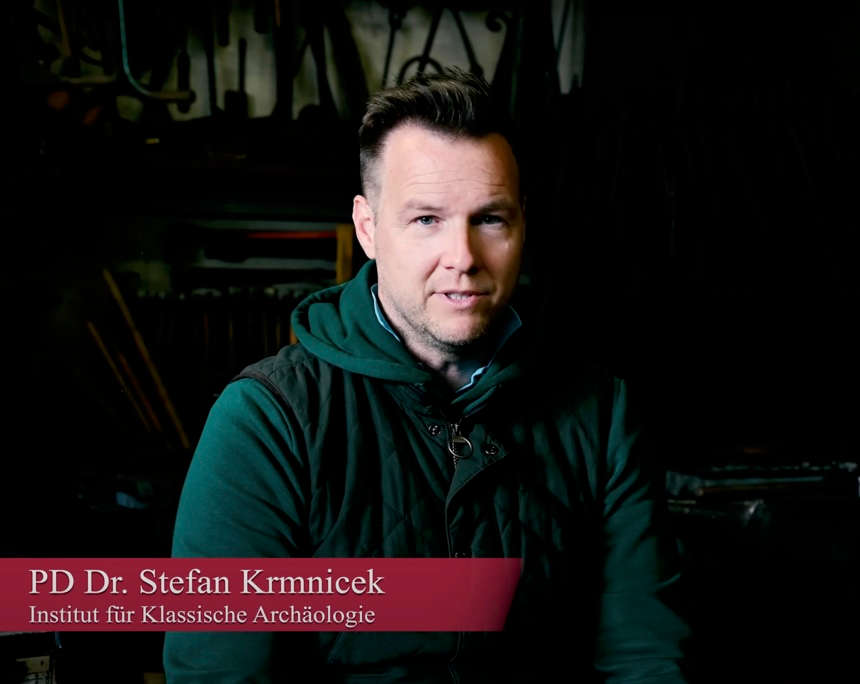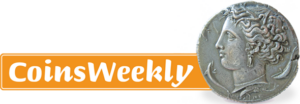How the Romans Made Counterfeits
Counterfeits have been around in ancient Roman times, too. Romans made counterfeit cast coins from a copper-tin alloy. The alloy imitates the appearance of real silver coins. In an interdisciplinary research project at the University of Tübingen (Germany), the production process of these counterfeits has been successfully reconstructed for the first time.
The steps involved ranged from pressing coins into clay moulds to imprint the shape of the coin, to melting the components of the alloy up to the actual casting process. Thanks to the results of the experimental project, we can now better understand the phenomenon of counterfeit coins in the Roman Empire.
The interdisciplinary team consists of:
- Alexander Zimmermann of Schmiede und Schlosserei Zimmermann (a blacksmith’s workshop), Pliezhausen,
- Annette Flicker and Dr. Christoph Berthold of the Competence Center Archaeometry- Baden-Wuerttemberg CCA-BW, University of Tübingen, and
- Rebecca Sandbichler, Mona Hähnle and PD Dr. Stefan Krmnicek from the Institute of Classical Archaeology, University of Tübingen
The work was documented on film. The result can be seen on the official YouTube channel of the University of Tübingen. The video is in German, but has professional English subtitles.
You are currently viewing a placeholder content from YouTube. To access the actual content, click the button below. Please note that doing so will share data with third-party providers.






